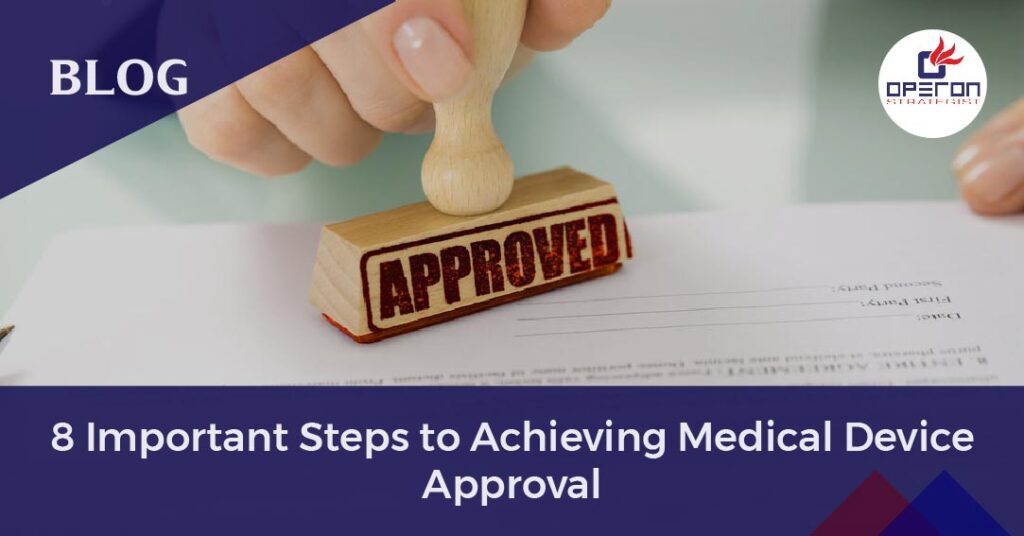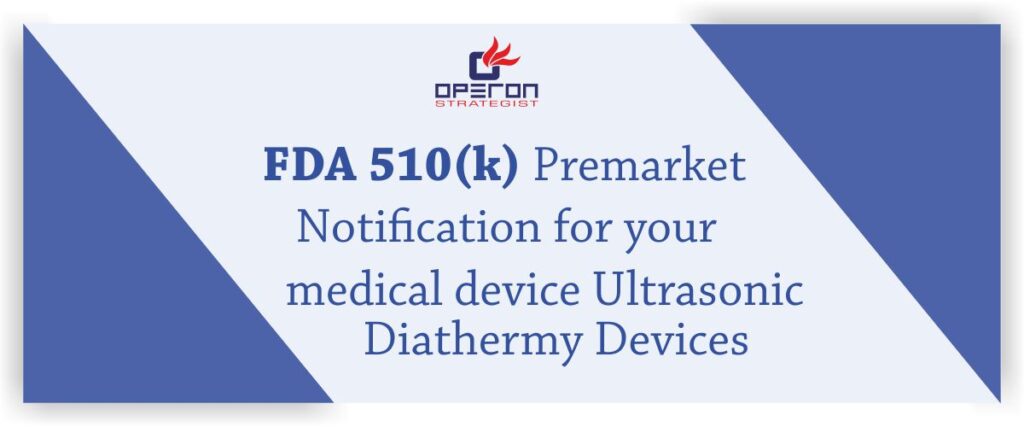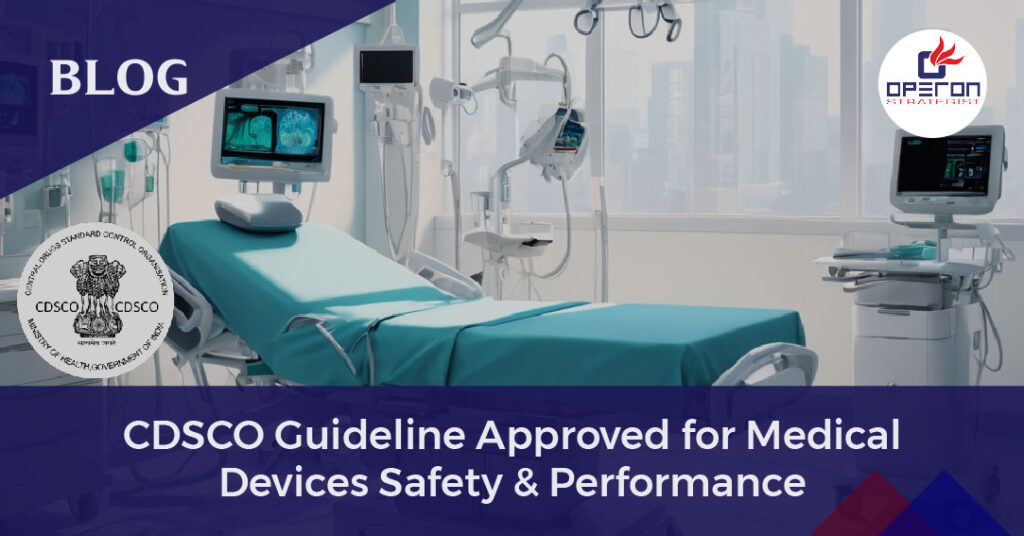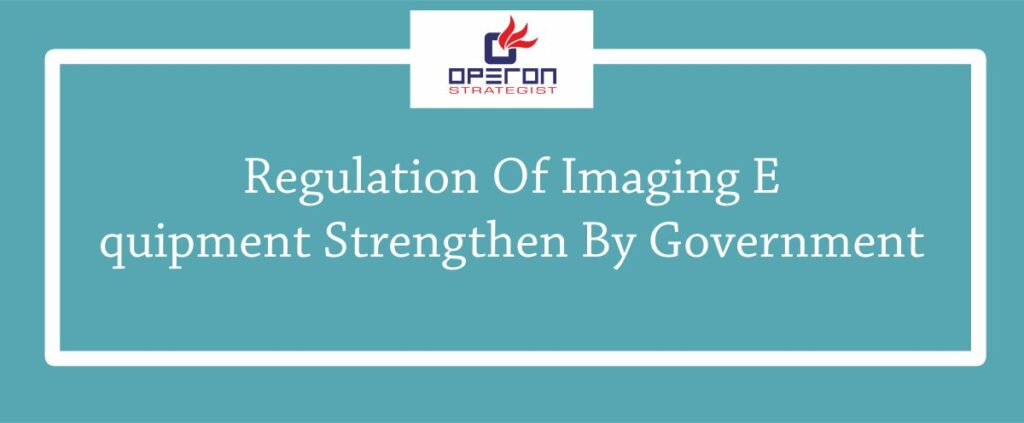An Overview:
Introducing a new and innovative medical device to the market has the potential to significantly enhance the health and well-being of millions. However, before your device can make its mark, it must successfully navigate the intricate regulatory approval processes in the European Union (EU), the U.S., and other major jurisdictions worldwide. For first-time applicants, this journey might appear daunting.
But fear not—the process is more manageable than it seems. Here is a 8-step roadmap to guide you through the regulatory review and approval process for medical devices in most major markets.
Looking For a Medical Device Regulatory Consultant?
Let’s have a word about your next project
1. Define the Product
Start by confirming the intended use and environment for your device. Devices used by healthcare professionals in clinical settings may face different regulatory requirements than those intended for home use by consumers and caregivers. Additionally, identify your target markets, as regulations vary from country to country.
2. Identify Relevant Regulatory Requirements
With your product defined, determine the specific regulations and standards that apply to your device’s safety and efficacy. Beyond product-specific requirements, many regulators mandate documentation of your company’s quality management system (QMS) and may require certification to standards such as ISO 13485.
3. Establish a Test Plan
Develop a test plan to generate the necessary data demonstrating compliance with relevant regulations and standards. High-risk devices might also require clinical trials to support claims of safety and efficacy.
4. Assemble Representative Samples and Accessories for Testing
Prepare representative samples of your device and any accessories for testing. These should closely mimic the final product design to ensure accurate evaluation of functionality and safety. Prepare enough samples to account for potential failures during testing.
5. Prepare the Required Documentation
Compile the documentation needed for submission, including a technical file or design dossier, clinical evaluation reports, risk management files, RoHS compliance documents, and any pre-existing test reports. Additional documents may be required based on the device’s risk classification and market-specific regulations.
6. Submit Device for Testing
Submit your device for comprehensive testing, which may cover performance, safety, biocompatibility, electromagnetic compatibility (EMC), and more. Choose a testing laboratory equipped to handle all necessary tests for your device.
7. Obtain Product Certifications
Testing reports should serve as evidence of compliance, paving the way for product certification. Some standards allow self-certification through a declaration of conformity (DoC), while others require review by an authorized certification body, such as an EU Notified Body.
8. Obtain Regulatory Approval
Finally, with all certifications in hand, seek approval from regulatory authorities in each target market. The specifics of this process vary by jurisdiction:
- In India, regulatory approval typically requires obtaining a CDSCO (Central Drugs Standard Control Organization) license.
For importing medical devices in India, manufacturers need a CDSCO import license. For manufacturing, a CDSCO manufacturing license is required in India.
- In European countries, CE marking is essential to demonstrate conformity with health, safety, and environmental protection standards.
For more details, read our service page on CE Mark for medical devices.
- For Saudi Arabia and other GCC countries, compliance with SFDA (Saudi Food and Drug Authority) regulations is necessary.
- In the United States, devices often require clearance or approval from the FDA (Food and Drug Administration), such as through the 510(k) premarket notification process.
Navigating these varied requirements efficiently can expedite approvals across multiple markets, ensuring your device reaches patients and providers without unnecessary delays.
Conclusion
The entire approval process can take several months to over a year. Following this roadmap helps ensure your device meets regulatory requirements, minimizing surprises and delays.
Ensure a Smooth and Efficient Path to Medical Device Approval
Partner with Operon Strategist for Seamless Medical Device Approval
Navigating the complex regulatory landscape for medical device approval can be challenging. Let Operon Strategist simplify the process for you. Our team of experts specializes in regulatory consulting, helping you every step of the way—from defining your product to obtaining final regulatory approval.
With our in-depth knowledge and experience in global markets, including the EU, U.S., and beyond, we ensure your device meets all necessary standards and requirements, saving you time and resources.
Contact Operon Strategist today to streamline your journey to medical device approval. Your innovation deserves to reach the market smoothly and efficiently.





